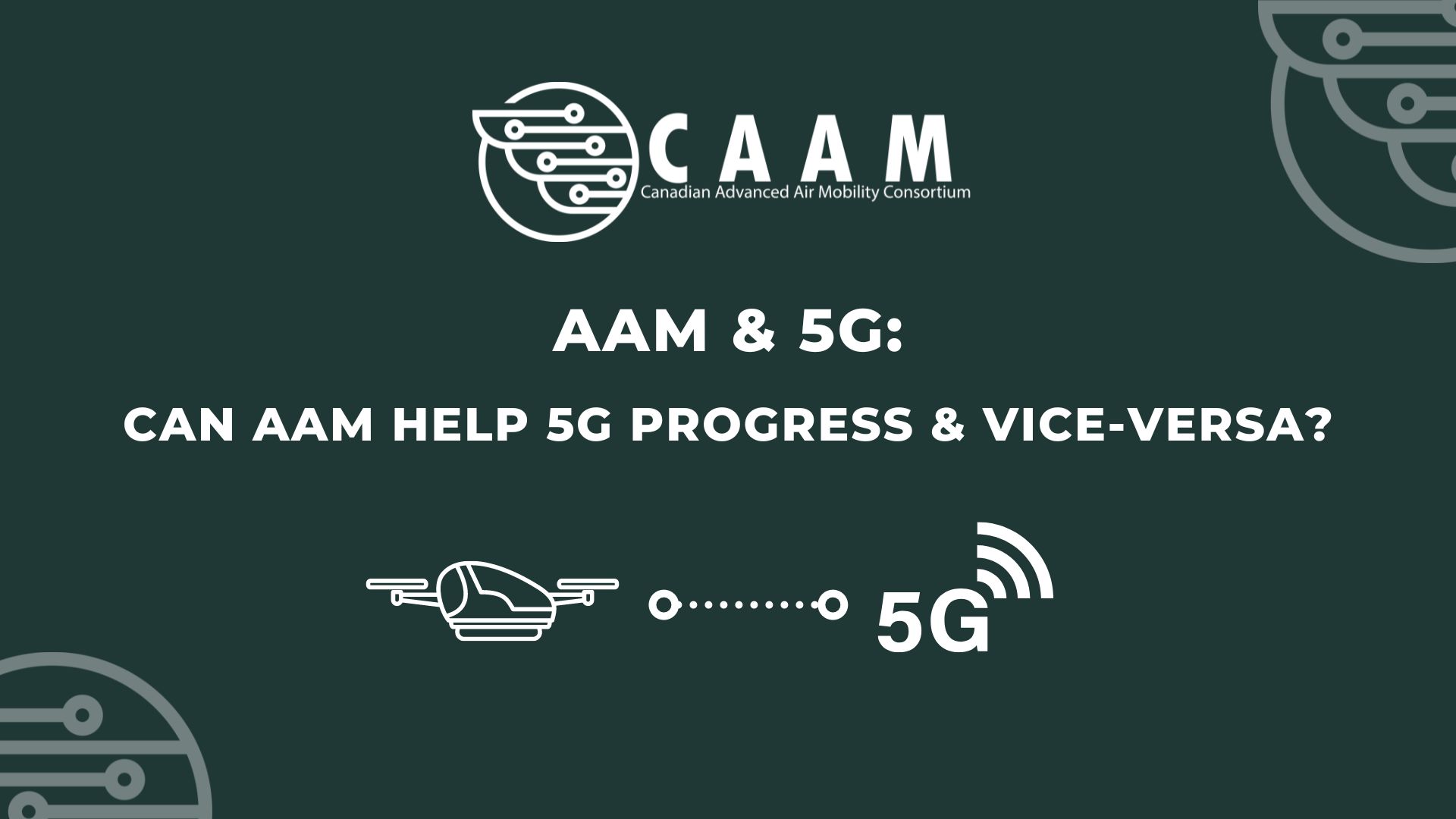Build things to help all people, take care of the environment, all while creating jobs to improve the economy.
It sounds simple, but is it really possible or even sustainable? Whenever I hear statements like these, I never knew just how those things could be measured or implemented well enough and assumed people just said things like this to make everybody feel good.
After learning more about the work we’ve been up to over the past year at CAAM, I’ve learned there’s actually a framework for ensuring environmental and social needs are held in equal value to the economy when growing an organization or project.
It’s called the triple bottom line approach to business.
How does it work?
In order for CAAM to be sustainable, the 3 interconnected pillars of social, economics, and environment should overlap. The triple bottom line:
- Is a transformation framework for businesses to help them move toward a regenerative and more sustainable future.
- It helps to measure, benchmark, set goals, improve, and eventually evolve toward more sustainable systems and models.
- It demonstrates that if an organization is only profit focused—ignoring people and the planet—it cannot account for the full cost of doing business and thus will not succeed long term.
Now let’s look at how CAAM is approaching and implementing this framework.
All of society Engagement Strategy
The Corporate social responsibility (CSR) being the center of the people aspect of the triple bottom line, is there to hold the shareholders accountable for their actions and meet the needs of the stakeholders. When it comes to social responsibility, the good of all the stakeholders, being the employees, members, communities within which the organization operates, future generations are considered, vs just the good of shareholders of the organization.
CAAM has 5 guiding principles for their social engagement strategy.
Work in partnership with communities
Organizations of various across the region are tapped into various communities that can aid efforts to engage sections of the public. This project needs to participate at collaborative tables and work with communities to identify partnership opportunities.
Create space to reflect the full diversity of perspectives
Socioeconomic, cultural, and inter-generational diversity are all important when working with different communities. A variety of perspectives can benefit the project further. Working with Indigenous led organizations is important to build trust.
Create conditions for actionable public judgment.
Allowing community members to provide feedback is important. To go further, showing community members how that feedback will be incorporated meaningfully into existing processes can yield many benefits in building trust and generating enthusiasm.
Commit to openness and transparency
Transparency and openness aren’t achieved by simply offering up information to those who request it. In order to build trust and enthusiasm, making sure that information is accessible is important. This can only enhance the project’s development.
Increased shared understanding
Exploring ideas of need and use cases for advanced air mobility to improve lives is an exercise that can be undertaken at dialogues with communities. Hosting community showcases to inform and build understanding with
the public is crucial.
Economic Impact Analysis
Understanding the type and amount of economic growth to be expected from any change is essential when considering the impact on a specific community. What type and number of jobs might a new industry such as AAM bring? What resource will this new sector draw on to succeed? If this new initiative does succeed, what extra economic benefits could this implementation unlock for all peoples – specifically those typically marginalized. These questions must be better understood on both an individual and community level before considering an actual test of this application.
CAAM has analyzed the direct, indirect and induced economic effects of AAM over the next twenty years for the Greater Vancouver Region in the Economic Impact Analysis Report. This report allows for a deeper understanding of how CAAM will impact the region economically. Click here to read the detailed report.
Environmental Life Cycle Assessment
Environment is the bigger circle in which the people and economy reside, therefore it’s crucial for a business or an organization to consider their foundation. With nations and organizations big and small concerned with managing their emissions to reduce climate change, understanding the impact of this new industry is essential. While on the surface many new technologies look like a win-win, with effective Environmental assessments it becomes much more possible to understand both advantages and drawbacks of the entire lifecycle of these new technologies.
At CAAM, our mission is to have one in five flights in Canada flying with zero emission operations by 2040. In pursuit of this goal, CAAM is committed to completing detailed environmental assessments in the various Canadian regions it launches in. For Canada’s launch city of Vancouver, we’re proud to share our first Environmental Life Cycle Assessment, analyzing and measuring the direct and indirect environmental impacts associated with the integration of AAM technology, particularly eVTOL technology through the completion of a streamlined Life Cycle Inventory. Click here to read the report.
Sustainability: The ultimate goal
Being mindful of the triple bottom line framework enables organizations to improve and optimize their efforts in every aspect. Being conscious of people, while considering the planet and economy will eventually lead to positive outcomes such as cost savings, a decrease in unemployment, and overall success for all stakeholders involved. We believe that the triple bottom line approach to this industry will allow regulators, governments, industry and the public to create a new sector that is better for everyone. We know our efforts will not be perfect, but we believe that with collaboration we can create the future of flight we all want to be a part of.


